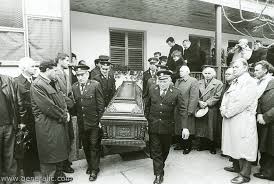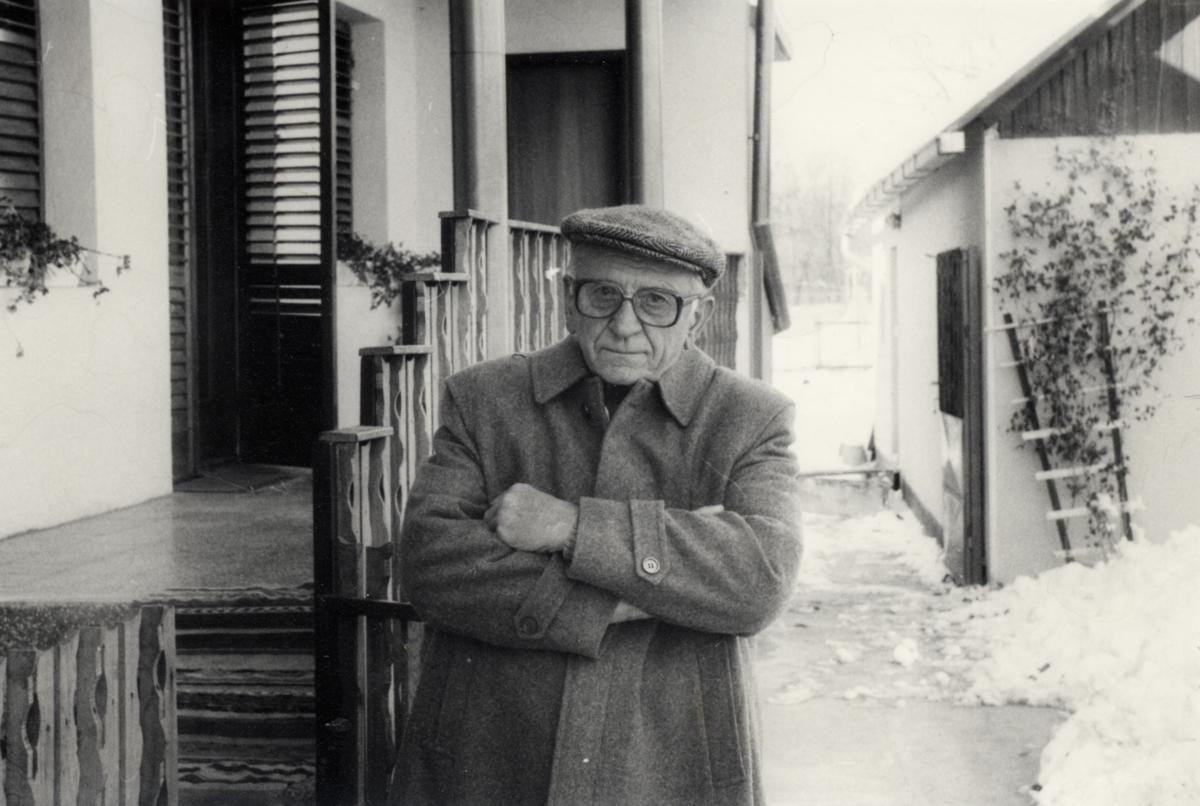
1914 - 1992
Ivan Generalić
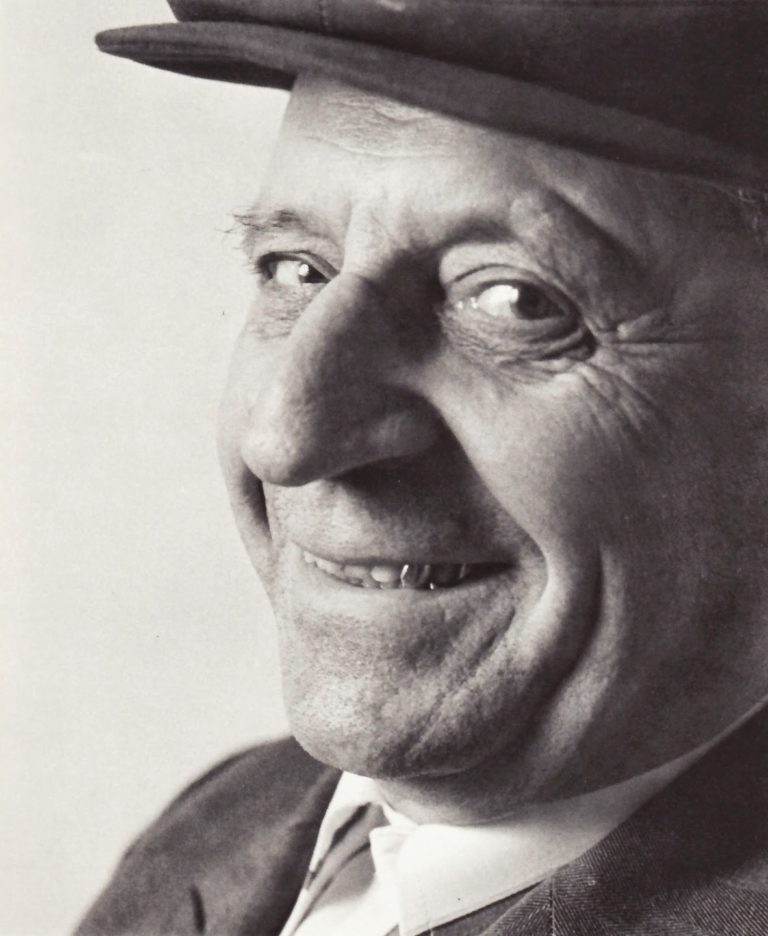
description
A Croatian artist, one of the greatest representatives of the naive art of the twentieth century. Ivan Generalić attracted the attention of the public with his personal exhibition in Paris in 1953, thanks to which interest in the original art of self-taught artists was revived all over the world, and the work of the Croat won immense popularity and gained thousands of admirers.
Generalić actively developed his art school in Hlebine, which played a crucial role in Croatian art, held exhibitions around the world, winning awards and honors, was a member of the Union of Croatian Artists and had a large number of students. The artist became a legend during his lifetime, and his work is an integral part of Croatian and world art.
Key ideas:
– The work of the Croatian artist originates from folk art – original, emotional, sincere and truthful. The paintings of Generalic are distinguished by bright individuality and a special style, easy and understandable for everyone. He does not invent anything new, just paints animals, fields and forests, winter and autumn, people in their holidays and weekdays.
– The artistic method of the artist is distinguished by the excessive decorativeness, bright color palette and emotional expressiveness.
– French critic Marcel Arland wrote about the artist, “He was born by the earth. He is wise and charming, and he does not need any teachers.”
– Most of the canvases are devoted to the traditions and everyday life of the Croatian village, in which Ivan Generalic lived and worked. In them, we can see the wedding procession, summer holiday, harvesting, and even grazing pigs and cows.
– The artist’s early works often referred to social themes, the injustices of the state and officials towards the peasants, their hard work. These themes are depicted in the paintings “Requisition (1934), “Đelekovec uprising”(1936), and others. Art critics conventionally called this period “childish”, because there is awkwardness in the image, imitation, and even copying.
– Soon, the themes of the work of Generalic become strongly socially biased – this “land” period gives works that are more mature and original.
– In the lyric period, “Belcanto”, a rather long one that captured the 1950s, the naivist becomes more distracted, turns to the landscape and searches for his own palette and techniques of contrast and decorative depiction of each element. His late works depict mythical, fairy-tale creatures, mysterious symbols, characters of fairy tales and legends. The heroes of the paintings are unicorns, water creatures, witches and other evil spirits.
– In several paintings, the author addresses a religious theme.
1914
1919
1931
1932 - 1936
1945
1952
1953
1960
1975
1992
The birth of the artist
He developed his naïve style

For the first time, he demonstrated his works
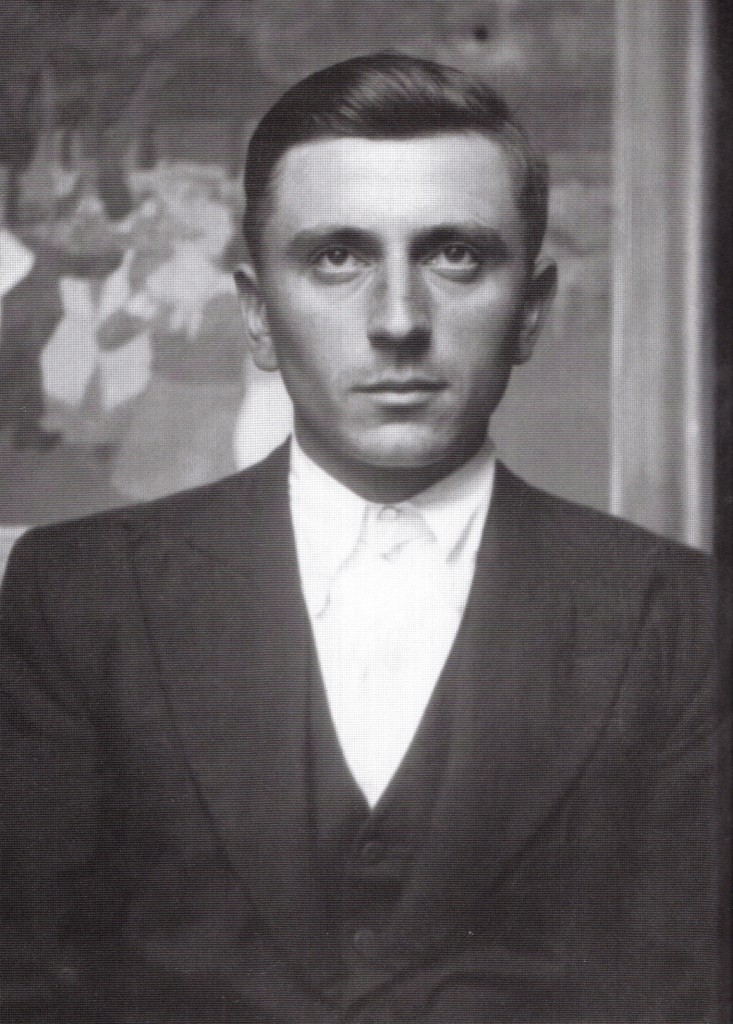
Closely collaborated with the artists of the group "Earth"
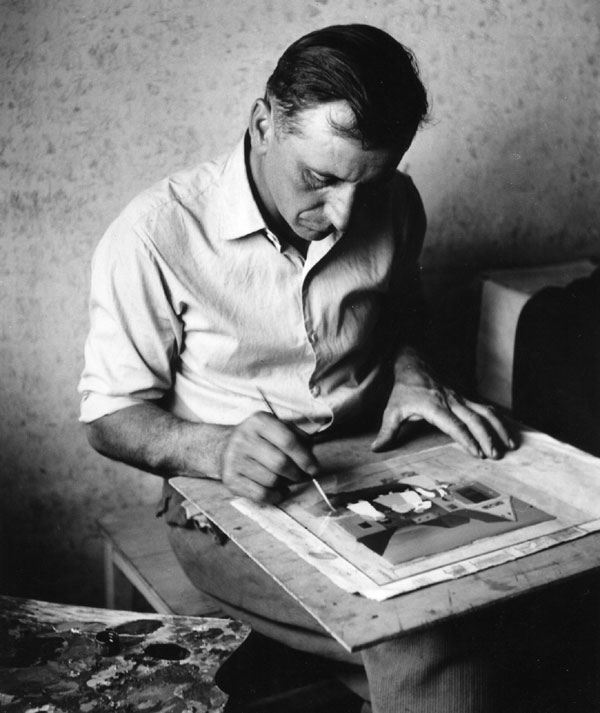
Formed the second generation of primitive artists
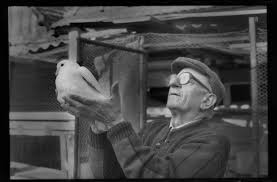
In Zagreb, The Peasant Art Gallery was founded
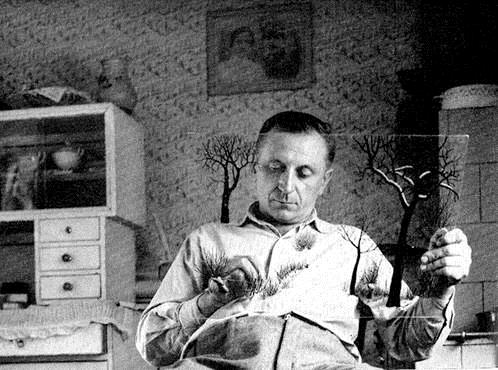
The personal exhibition in Paris
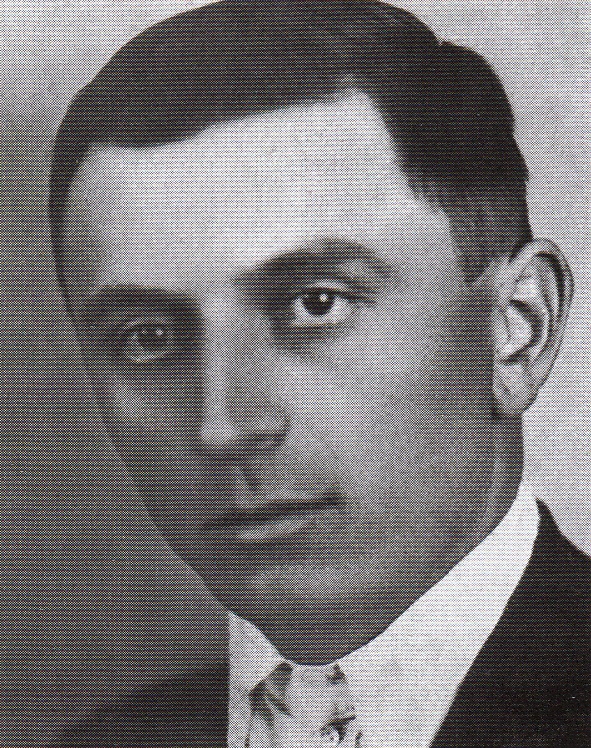
A large and important personal exhibition
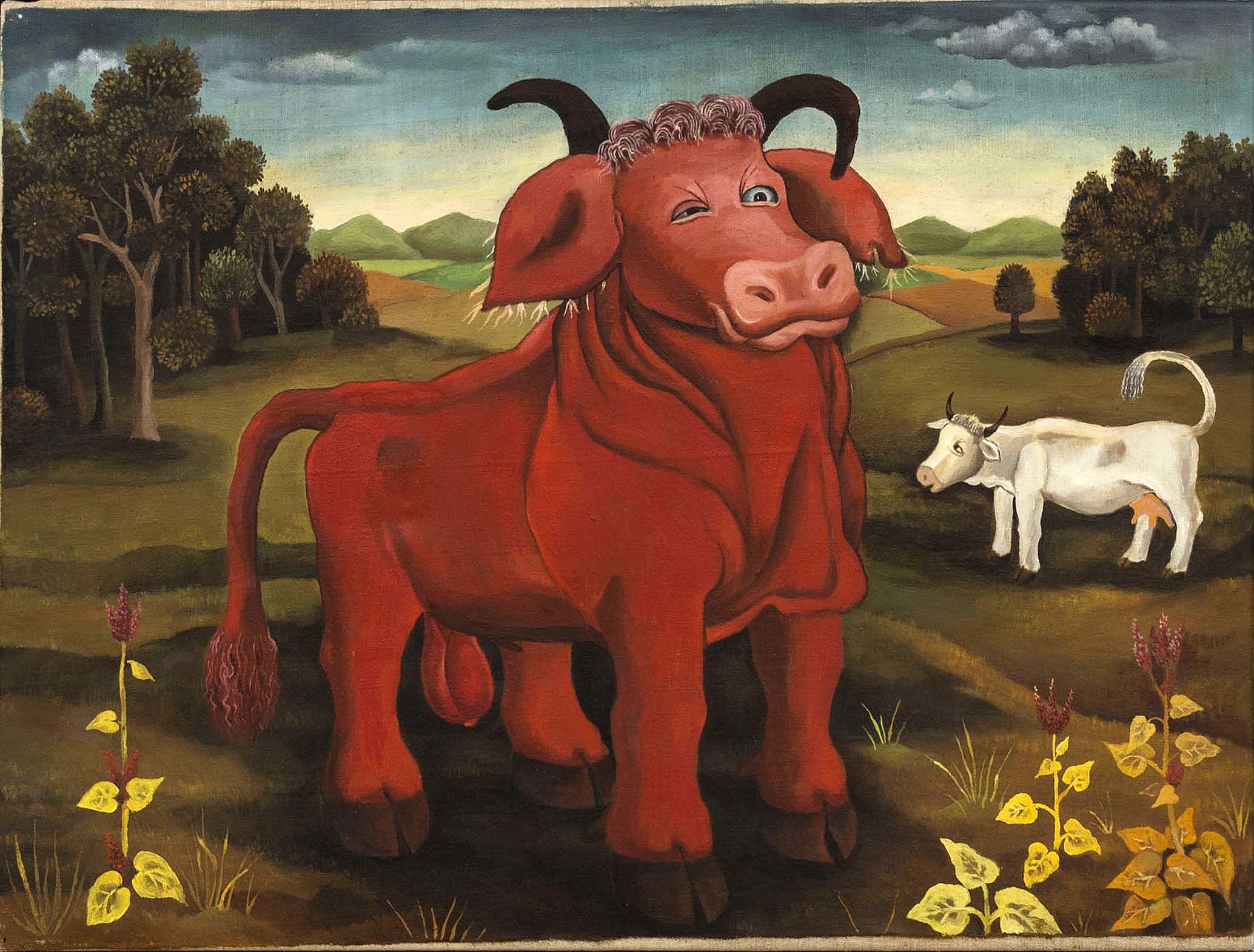
After the death of his wife, he left for Sigetech
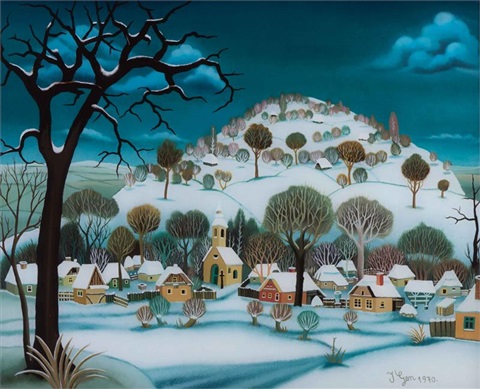
On November 27, the artist died
